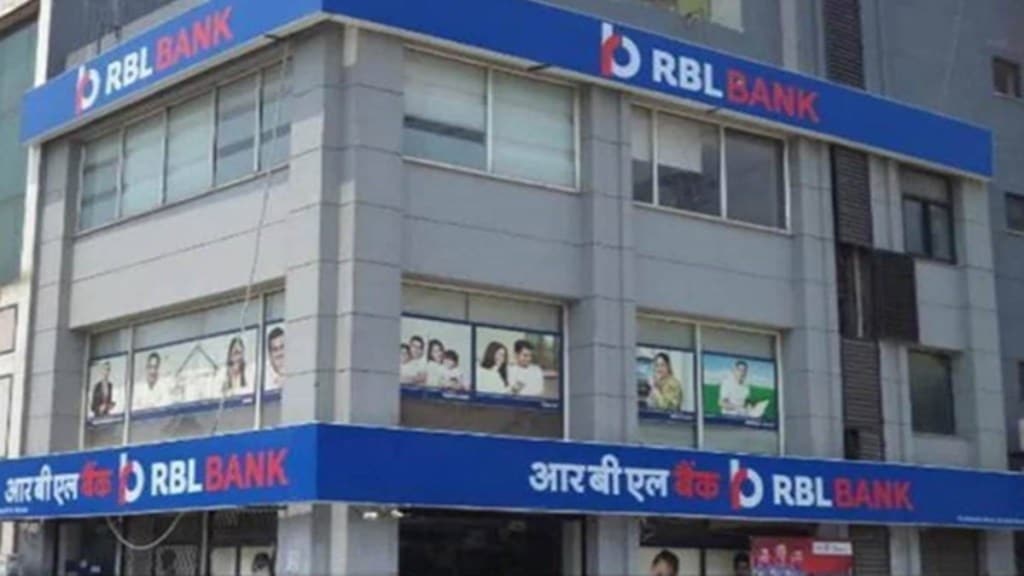Private sector lender RBL Bank is targeting 20% year-on-year (y-o-y) growth in its advances and deposits in the current financial year. Managing director and chief executive officer R Subramaniakumar tells Piyush Shukla that the bank is seeking to reap benefits by entering new segments in retail. Excerpts
What were the key drivers of loan growth in Q4FY23?
Our overall advances have grown by 17% (Q4FY23) and our retail loans have grown by 21% y-o-y. So, we have seen good demand in business as well as retail loans. In retail, there is strong demand in all segments like housing, gold, auto (both new and used) and two-wheelers.
Your outlook on loan growth for FY24?
Last quarter, we did around Rs 900 crore of housing loans while last month (in March), Rs 800 crore of housing loans and LAP (loans against property) were disbursed. Our assessment is that this trend will continue and we will continue to grow at the rate of 20%. Another area where we see some traction is commercial loans, which is mid-corporate or medium-industry loans.Some of the new areas we are looking at include BGs (bank guarantees), LCs (letters of credit) and others where accounts with a turnover of `100-`200 crore, are looking to move up the ladder to Rs 300-400 crore.
What will be the mix of retail and wholesale loans in FY24?Currently, we are at 54:46 (in favour of retail loans). We are looking at 60:40 (in favour of retail loans).
RBL Bank is among the most active player in the credit card space. How many cards is the bank planning to issue this fiscal?We are adding 1.8 million-2 million a year. There the mix is now changing in the sense that we have started sourcing it though our partner and branches rather than BFL (Bajaj Finserv). So in a month, we may do somewhere around 150,000 to 170,000 cards. There is a demand from tier-I and tier-II cities and not just metros. Currently, we do not have a major presence in tier IV. So, partners will be put in place for those locations.
How much will CASA ratio rise in FY24?
Will deposit growth catch up with advances?Our CASA ratio today is around 37.4%. It rose around 2% last year and will continue to grow at the same rate. With respect to our term deposits, we will be moving away from bulk deposits. All bulk deposits when they mature will be converted to less than Rs 2 crore. So the focus is on granular deposit growth. There was a pressure on deposits in one of the quarters, now it is stabilising. The advances growth target is 20%. So we are targeting to grow deposits and advances at the same rate. Sequentially, we will grow 4%-6%, both on advances and deposits.
Has NIM peaked at 5.01%?
We will continue to maintain NIM (net interest margin) in the range of 5%. The cost of deposit will go up by around 40 basis points or so because we are a mid-sized bank and we need to necessarily give higher rates. Deployment of funds will be in those areas which give yield in the range of 9%-12%.That is why, we are just concentrating on our commercial lending, housing loans are giving me around 9%, and LAP is giving around 8.6-9%. Of course, around 30% of our book is around credit cards and microfinance, giving me a fixed rate. So that will compensate for the increase (in cost of funds). Since we are growing in retail, not depending on wholesale where the yield is lower, we will be able to maintain NIM around 5%, 10 bps up or down.
What is your guidance on credit cost and NPAs for the fiscal?
Despite having two risky products of microfinance and credit card, our credit cost is among the lowest. As far as credit cards are concerned, the credit cost will continue to be around the 4% range but since in the microfinance space, we are able to do better monitoring and recovery, our credit cost has dropped. As far as GNPA is concerned, it is on a downward trend. Our net NPA will be below 1%, going forward.

